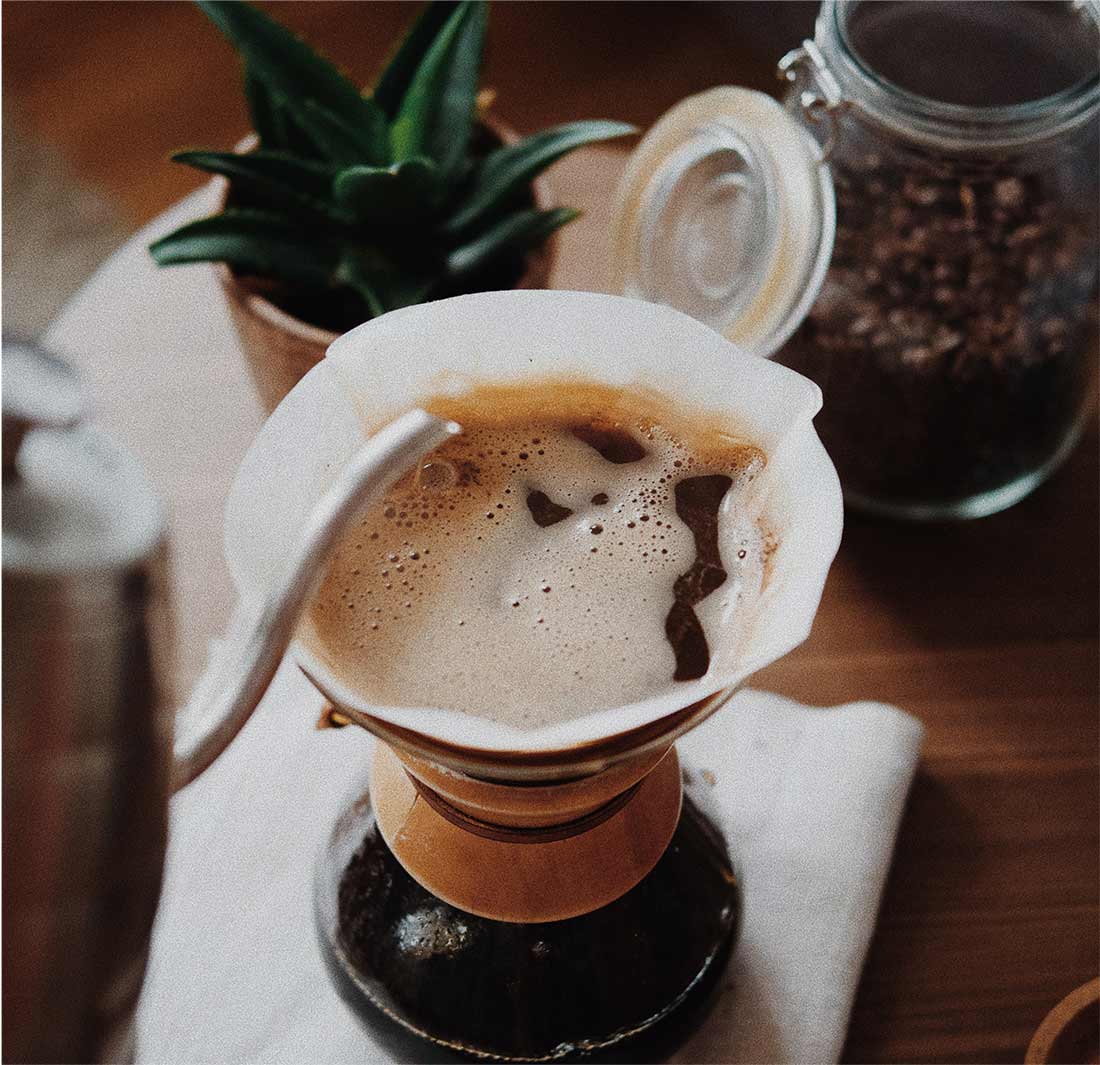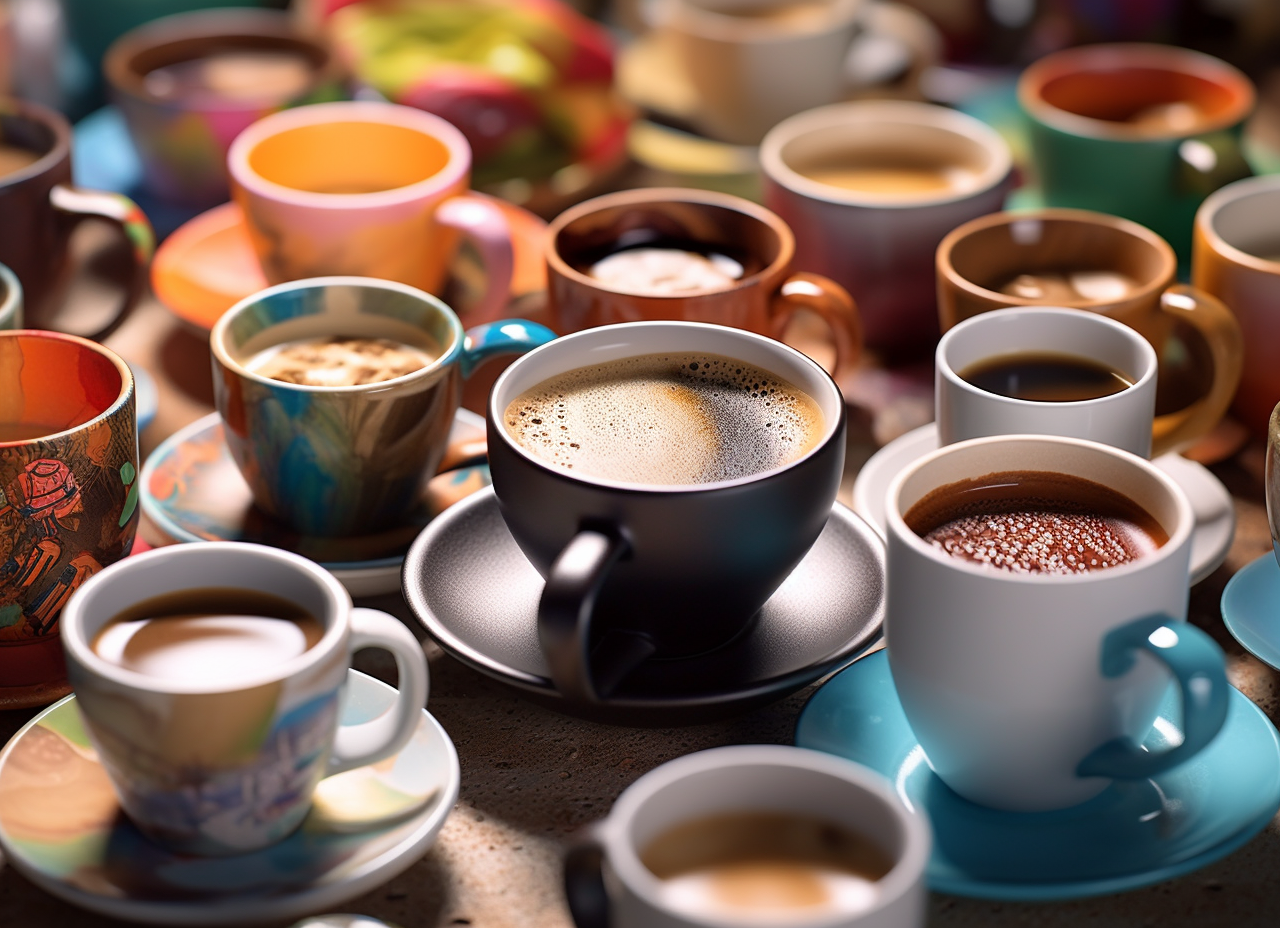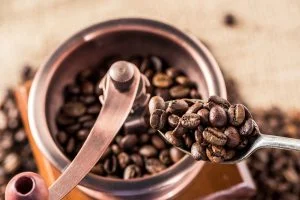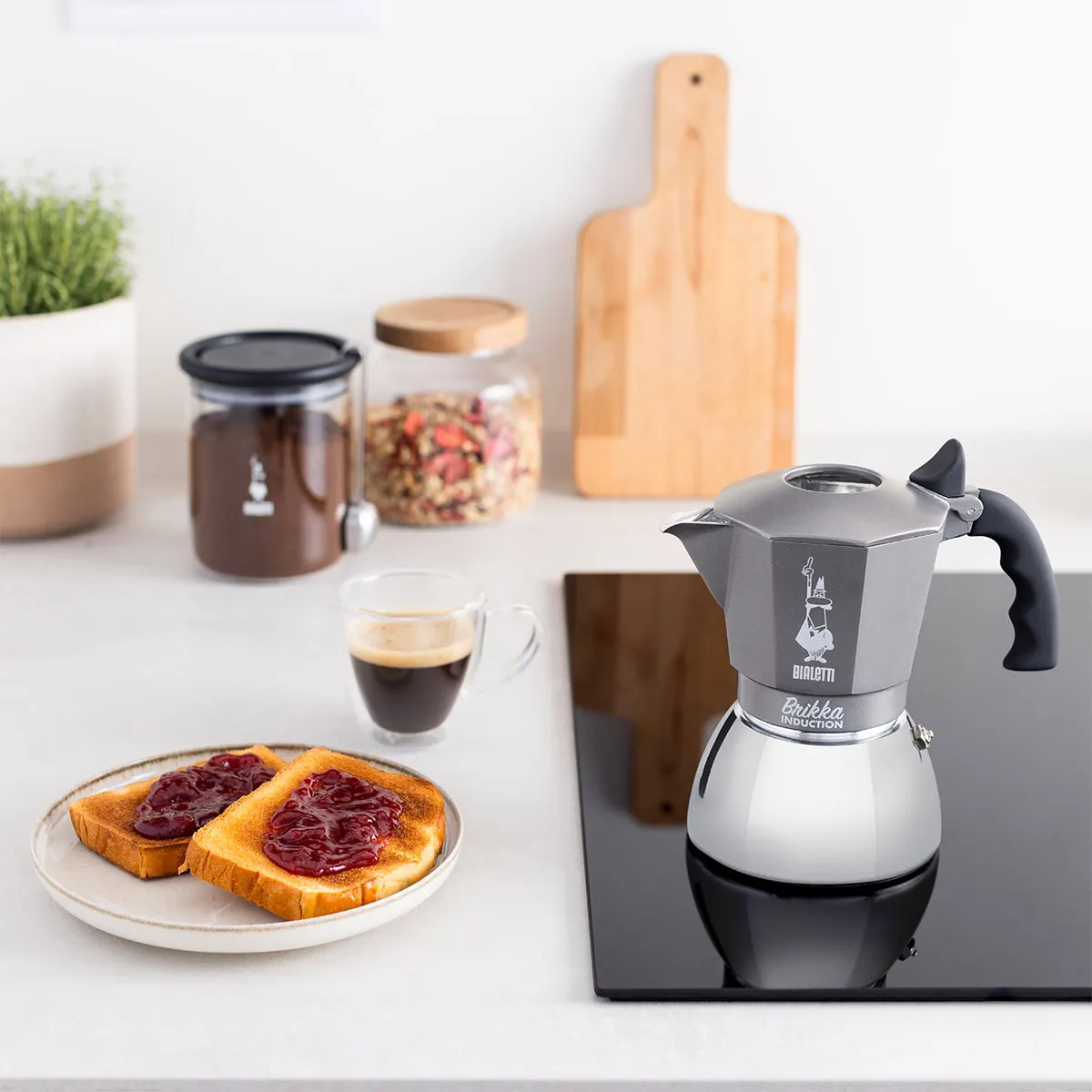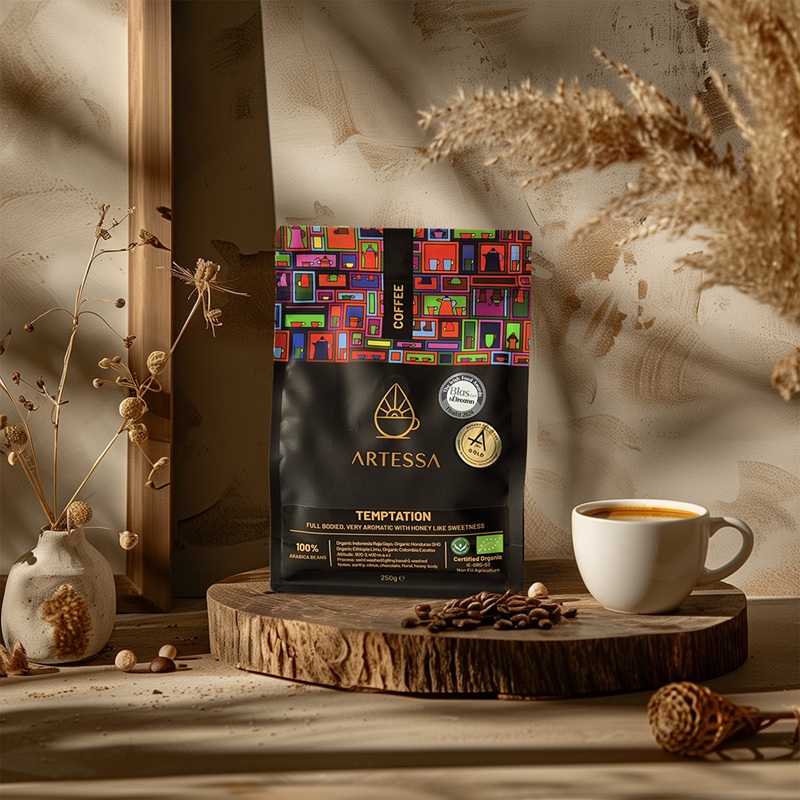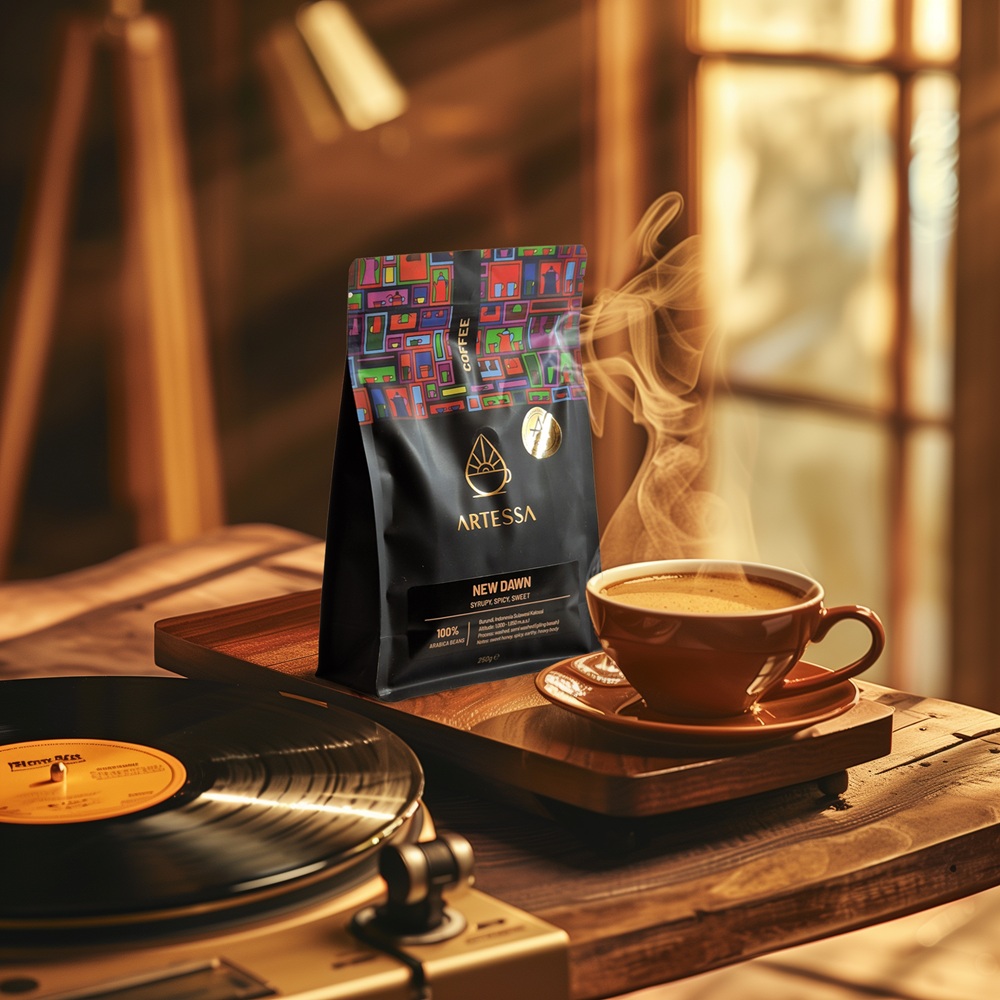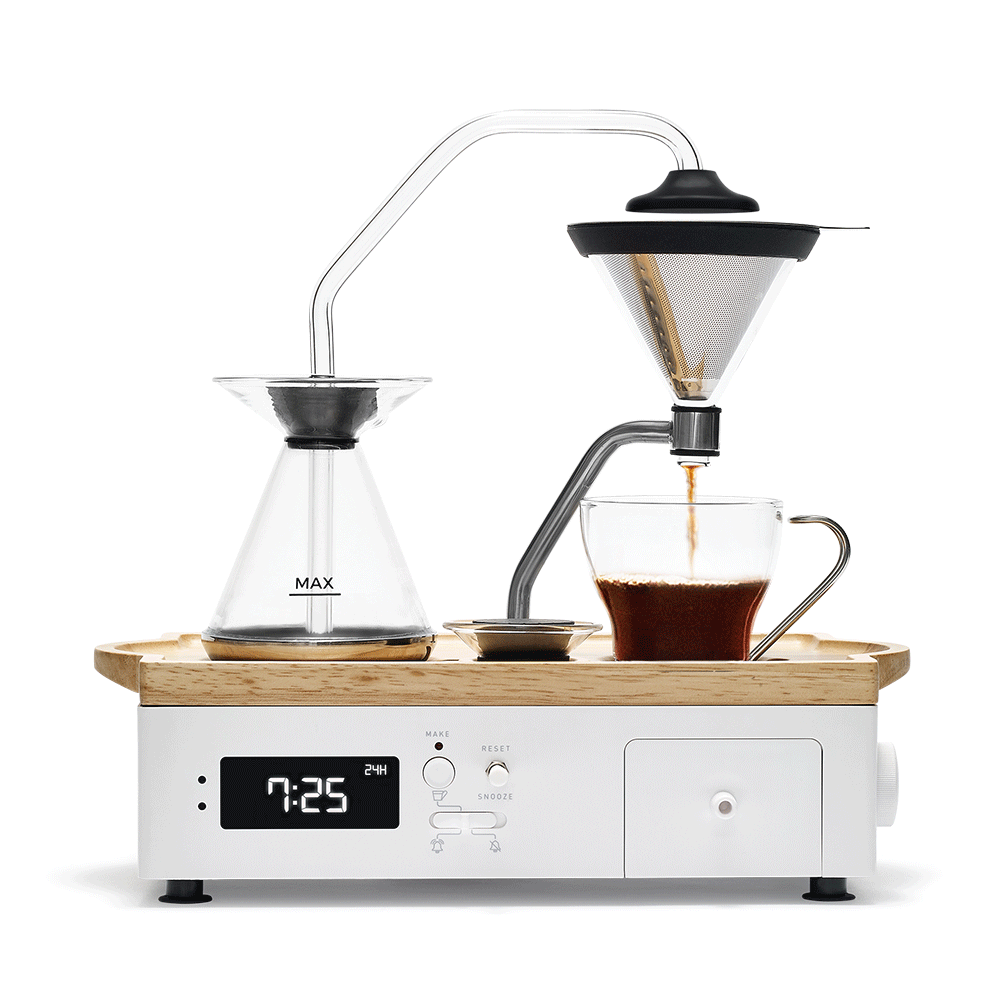Why is grinding coffee important?
To be honest grinding has the biggest effect on the taste of coffee. You can have the best coffee, the best equipment but if the grind is not right the coffee will taste flat, average at best.
The coarseness of the grind must be matched to the brewing method. In general, the longer the brewing time the coarser the grind. Brewing coffee in the cafetiere takes about 4 minutes, the grind has to be coarse. Brewing espresso takes about 20-35 seconds, the grind has to be fine.
The grinder must be good enough to produce even size particles. If there’s big chunks and dust like particles in the ground the coffee will have over and under extracted flavours resulting in an unpleasant taste.
It is important that the coffee is not heated up during grinding, this burns out the flavours of the coffee before brewing, giving a flat, bitter taste. To avoid this you need a good grinder.
The Benefits of Freshly Ground Coffee
Coffee loses its aroma very quickly once it is ground. Even if coffee is kept at ideal conditions, a week after grinding most of its aromas are gone.
To enjoy great coffee every time it is highly recommended to grind your coffee just before brewing.
Grind Size & Brewing Method
With that context now out of the way, let’s get into some of the main grind types that exist for different types of coffee.
1. Extra coarse grounds
Extra coarse coffee grinds should look like coarse salt.
They’re best used for cold brews and they’re perfect for lengthy (14-24 hours) submersions in cold water.
2. Coarse grounds
Coarse grounds should be the same consistency as granulated sugar.
This grind size is ideal for cafetieres, and needs about a four-minute brew time for the perfect extraction.
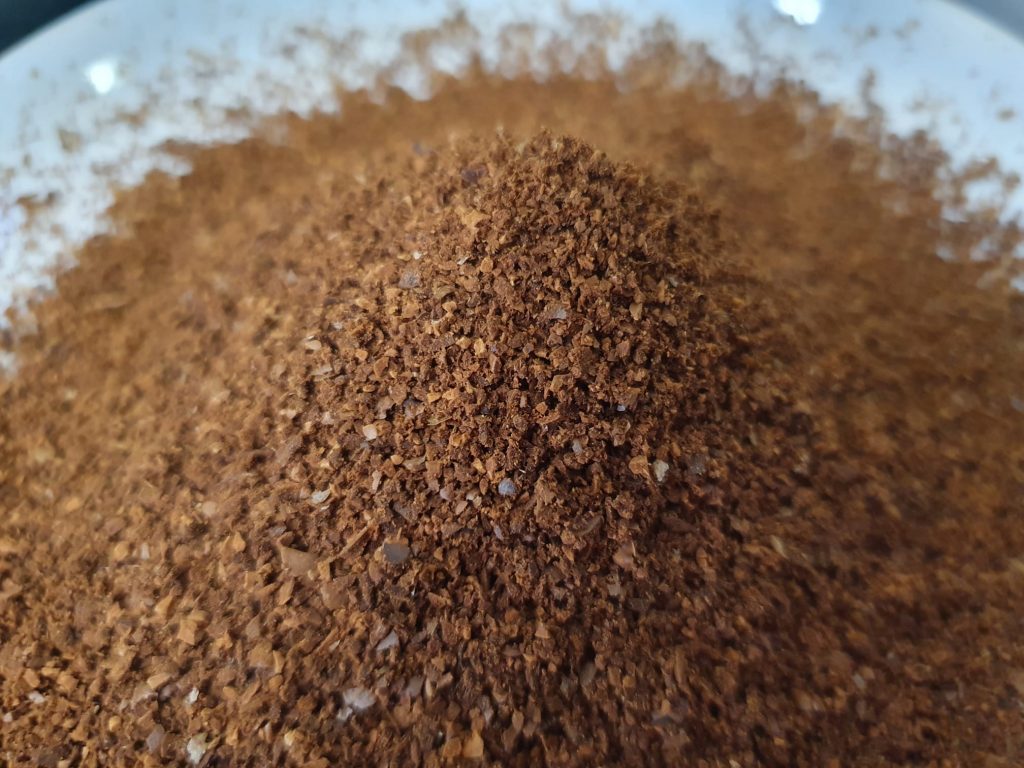
3. Medium grounds
Medium-coarse grinds should look like sand.
This size is great for filter coffee (electric or pour-over), for syphon and the inverted method of Aeropress. These are very different equipment, but the brewing time is about the same, so the coarseness is about the same too.
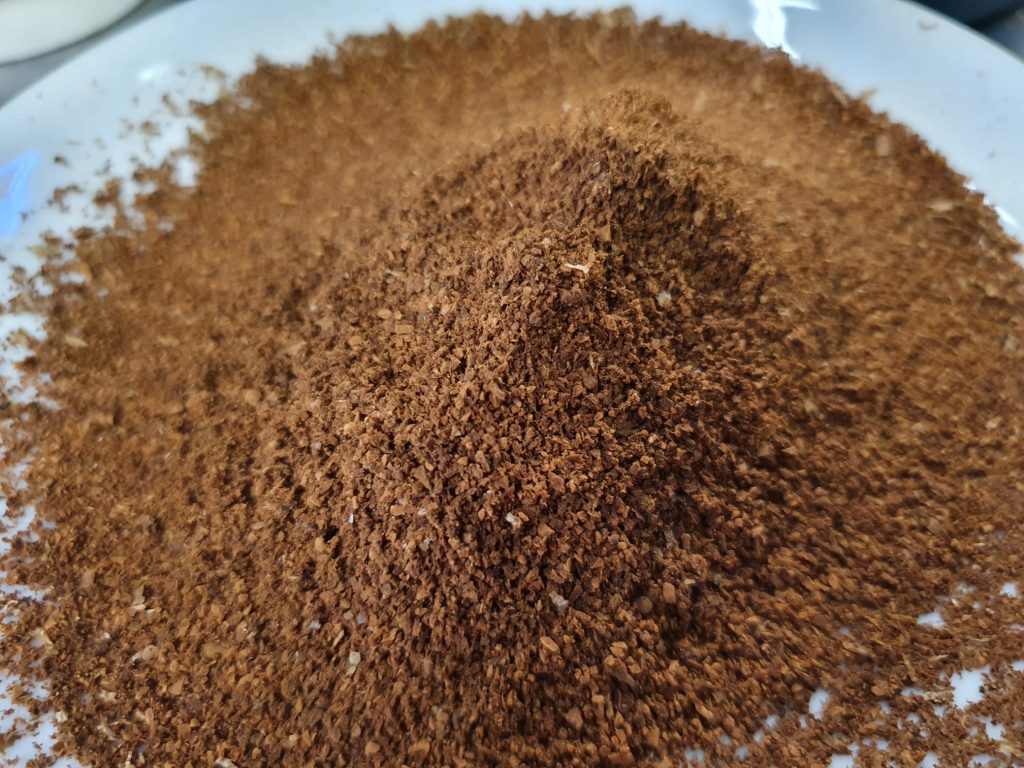
4. Medium-fine grounds
This grind size looks like fine sand and this is just a little bit coarser than the fine espresso grind. The difference can barely be seen.
It is used in moka pot or stove pots. The hot water passes through the ground coffee in a shorter time, about 1 or 2 minutes. The grind should be as fine as possible without passing through the moka pot’s sieve. This brewing method producing a strong brew, nearly as strong as an espresso.
5. Fine grounds
This grind looks like fine sand, you can’t see the pieces individually but when you get it between your fingertips you can feel them.
This grind is for espresso. Making an espresso relies on the pressure of the water passing through the coffee in a short time (20-40 seconds) so a fine grind is what’s needed.
Also use this fine grind for an AeroPress as long as you’re using it in the traditional way.

6. Super fine grounds
Super finely ground coffee looks like dust, very fine powder.
This finest of coffee grinds is reserved only for Turkish coffee, the oldest way of brewing coffee. The grinds are combined with water, sugar and sometime spices, quickly boiled and then served immediately. There is no filtration, most of the finely ground coffee stay in the ibrik (the pot used for brewing the coffee), some ends up in the bottom of the cup.
Grinding coffee to this fine requires one of the best grinders, it is not an easy task.
What type of grinders are there, and what is the difference?
Blade grinders and burr grinders.
Blade grinder has a spinning blade on the lower part of the chamber where coffee is poured. The fast rotating blade crushes the beans in small pieces.
Blade grinder gives an uneven grind, and the fast rotating blades are heating up the coffee therefore burning out the flavours. It is nearly impossible to set the coarseness of the grind. The longer the grinding takes the finer the ground. Good luck finding the right one every time.
Burr grinder has rotating burrs which grind the coffee bean as it passes between them. All professional grinders are burr grinder. It gives even size particles, and it does not heat up the coffee therefore preserving the aromas. Setting the coarseness is easy. The distance between the burrs determines the size of particles. Once it is set, every grind is the same.
Which coffee grinder shall I buy?
Burr grinder, without a question. These cost more than blade grinders but you will not be disappointed. It grinds the coffee in the most gentle way possible, preserving those precious aromas – for which nature, the coffee farmers and your roaster worked so hard to create – making your daily cup so much more than just a caffeine shot.

